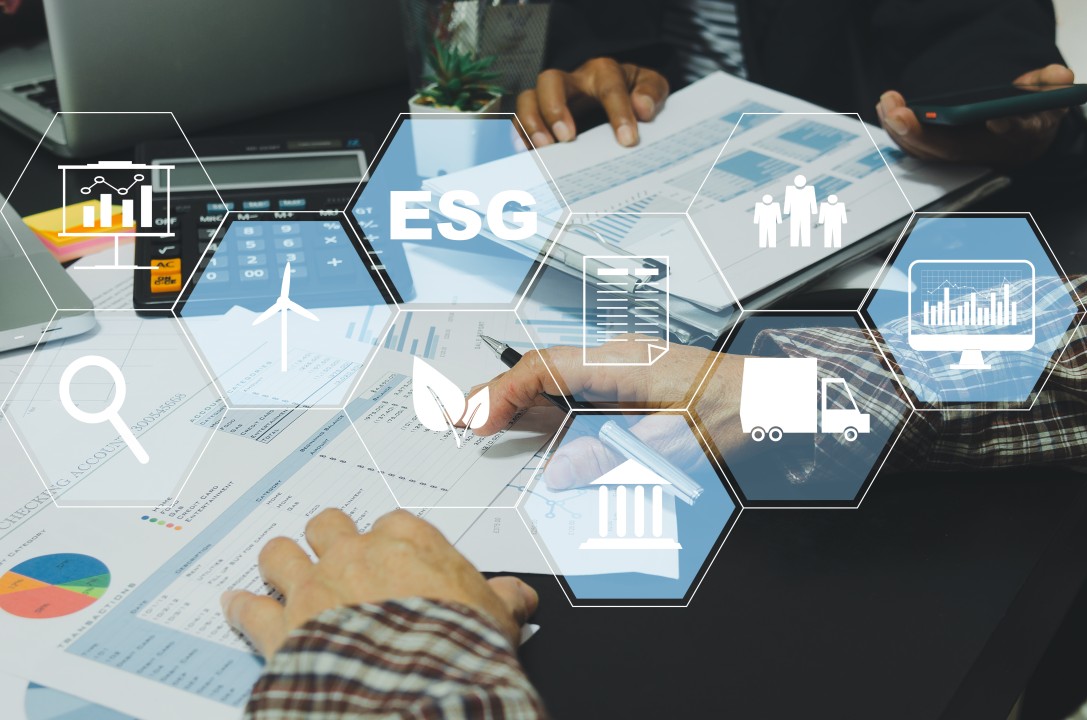
If there is one thing that supporters and opponents agree on about ESG, it might be that there are too many interpretations of its meaning.
This week, several groups, including the CFA Institute, gave a list of definitions that they want to be standard across the industry. That includes common meanings for terms like “screening,” “ESG integration,” “thematic investing,” “stewardship” and “impact investing.”
In the definitions, the groups issued this week, “ESG integration” means “ongoing consideration of ESG factors within an investment analysis and decision-making process with the aim to improve risk-adjusted returns.”
The fact is that the lack of clarity can hinder communication and contribute to perceptions of greenwashing.
Defining ESG integration and impact investing could be crucial in ensuring that supporters have a unified meaning to present to critics. Numerous US politicians have held inquisitions on ESG as part of a broader push against sustainable investing. Often, ESG is equated by opponents with impact investing or socially responsible investing rather than a means of assessing financial material risk and opportunity.
On the surface, ESG investing appears to have gone on the defensive in the past couple of years after Republican politicians launched an aggressive pushback campaign in the US and the Ukraine-related energy crisis prompted a broad rethink of attitudes toward near-term oil and gas supply. But in reality, momentum is quietly growing.
Contrary to appearances, recent research has identified that current economic and geopolitical events are having a stimulative impact on ESG investing. In a recent survey of global asset managers, US investment firm T. Rowe Price found that only 2% had decreased their focus on ESG investing, with 49% saying their focus had increased and another 49% holding steady.
The survey suggests that despite the recent ESG backlash, the events of 2022 have likely sown the seeds for a faster energy transition. In Europe, renewables are linked to energy security solutions and received a regulatory boost from the EU Green Deal. In the United States, the Inflation Reduction Act is driving an influx of green capital investment. Meanwhile, unfortunately, the physical risks predicted by climate scientists have continued to materialize.
Other indicators point in the same direction. ESG investing accounted for about one-quarter of net global inflows in the first half of this year, driven largely by Europe. The Glasgow Financial Alliance for Net-Zero has meanwhile grown to over 650 signatories and $150 trillion in assets under management from 160 firms and $70 trillion initially in 2021 (UNNews). Likewise, the number of publicly listed companies with some kind of carbon target or net-zero target keeps growing, and that hasn’t slowed over the last year.
Europe is still at the forefront of sustainable investing. More surprising is Asia, which was clearly lagging but has turned around in the past 12-18 months, with a big focus on decarbonization and sustainability initiatives and, surprisingly for some, even the adoption of EU regulations on disclosures.
Large investors’ preference for engagement over divestment is not new but has arguably been reinforced as the energy transition debate becomes more sophisticated. There is an easy way to net zero for investors by avoiding — selling and not buying — carbon-intensive assets. The harder way involves buying into carbon-intensive businesses and working with them to cut emissions. All this reinforces that the financial sector’s role in the low-carbon transition — pivotal since the Paris Agreement — is not going away. Oil companies may enjoy more latitude post-Ukraine, but should not forget that the long-term direction remains unchanged.

I’ve spent the past 18+ years helping ports, supply chains, and global businesses turn sustainability goals into real, measurable results.
From leading billion-dollar infrastructure projects to building my own consulting firm, I’ve seen how the right strategy can turn pressure into opportunity.
My mission today is simple: help leaders like you build sustainable, future-ready businesses that don’t just check boxes—but actually make an impact. One decision, one project, one team at a time.
Let’s build what’s next—together.
Have a project or idea in mind?
I’d love to hear what you’re working on.
Book a quick call here